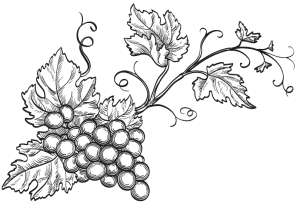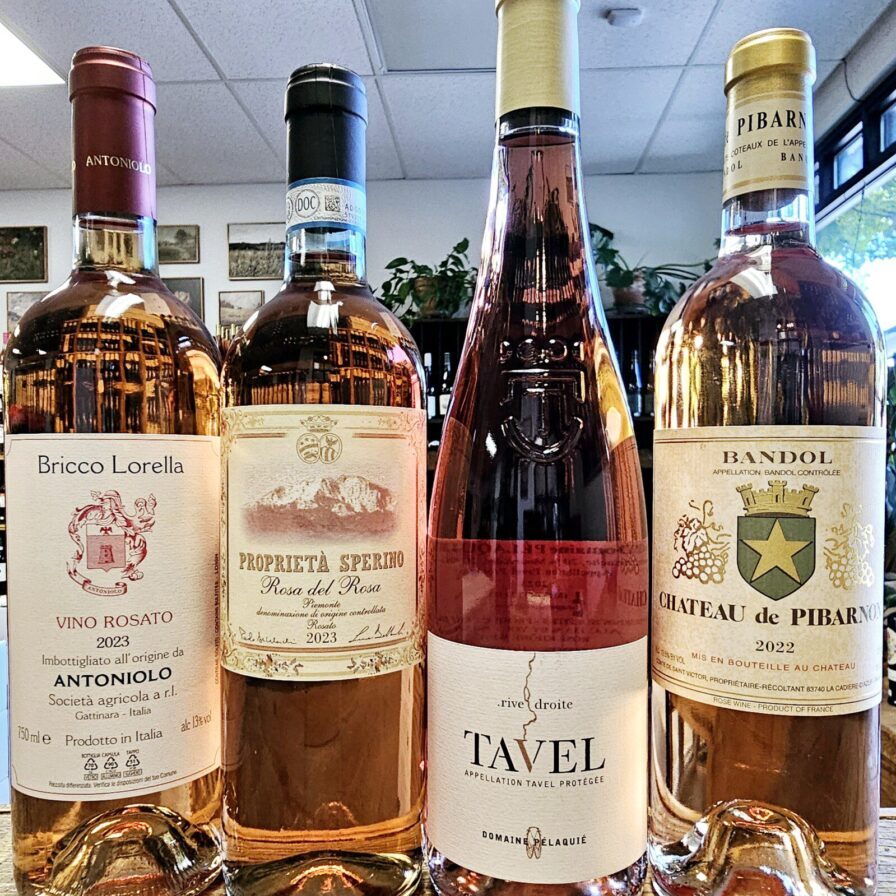
Welcome to our latest blog post, where we embark on a delightful journey through the world of French and Italian rosé wines. These two countries, renowned for their rich winemaking traditions, offer a diverse array of rosé wines which capture the essence of their unique terroirs. From the sun-kissed vineyards of Provence to the rolling hills of Tuscany, French and Italian rosés are celebrated for their vibrant flavors, elegant aromas, and the perfect balance of acidity and fruitiness. Cheers to a summer filled with the refreshing taste of rosé! 🍷
The Cultural Significance of Rosé in France
In France, rosé is more than just a wine; it’s a way of life. Particularly in Provence, rosé is deeply embedded in the culture and daily routines. The region’s warm climate and picturesque landscapes make it the perfect setting for enjoying a chilled glass of rosé. French rosé is often associated with leisurely afternoons, outdoor dining, and the art of living well. The popularity of rosé in France has even led to the establishment of the Center for Rosé Research, dedicated to studying and promoting this beloved wine.
The Cultural Significance of Rosé in Italy
In Italy, rosé wines, known as “rosato,” are celebrated for their versatility and vibrant character. Italian rosé is enjoyed across the country, from the coastal regions to the inland vineyards. It is often paired with a variety of foods, reflecting Italy’s rich culinary traditions. Rosé wines are a staple at Italian gatherings, symbolizing joy, celebration, and the enjoyment of good company. The Italian approach to rosé is rooted in a deep appreciation for the land and the craftmanship which goes into each bottle.
Winemaking Techniques in French Rosé
French rosé winemaking is an art that involves several key techniques:
- Limited Skin Maceration: This is the most common method, where the grape skins are left in contact with the juice for a short period, typically 6 to 48 hours. This brief contact imparts the delicate pink color and subtle flavors.
- Direct Pressing: Grapes are pressed immediately after harvest, allowing minimal skin contact. This results in the lightest-colored rosés with crisp, fresh flavors.
- Saignée Method: Also known as the “bleeding” method, this involves removing some juice from the fermenting red wine to produce a rosé. This method often results in a richer, more robust rosé.
Winemaking Techniques in Italian Rosé
Italian rosé, or “rosato,” also employs distinct techniques:
- Gentle Crushing and Maceration: Like the French method, Italian rosé often involves a short maceration period to extract the desired color and flavor from the grape skins.
- Blending: In some regions, rosé is made by blending different grape varieties, which can add complexity and depth to the wine.
- Fermentation and Aging: Italian rosé wines are typically fermented at low temperatures to preserve their fresh, fruity aromas. Some rosés are aged briefly in stainless steel tanks to maintain their vibrant character.
These winemaking techniques highlight the craftsmanship and tradition which go into producing high-quality rosé wines in both France and Italy. Each bottle tells a story of its region, offering a unique taste of the land and the passion of its winemakers.

